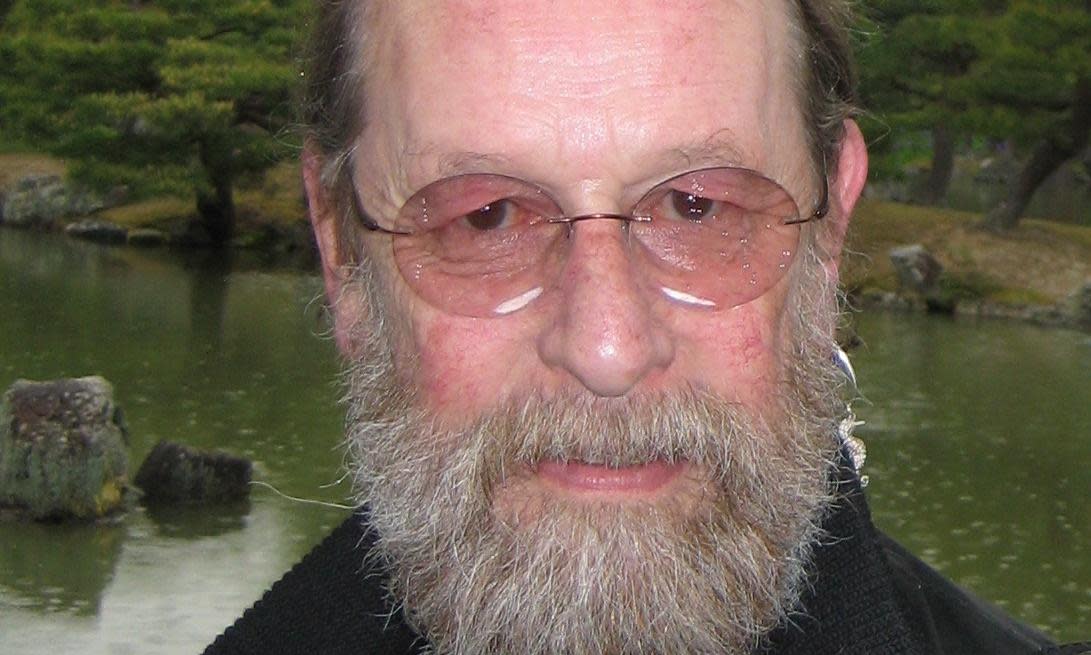David Ormandy obituary

David Ormandy, who has died aged 78, was responsible as much as anyone for the adoption 20 years ago of the housing health and safety rating system (HHSRS), a legal method of assessing housing conditions in England and Wales.
Co-designed by Ormandy and introduced by the 2004 Housing Act, it shifted the assessment of fitness away from the condition of the property itself and more on to the effects of poor housing on residents’ health – which costs the NHS £1.4bn a year.
It puts a duty on local authorities to deal with dangerous and unhealthy housing conditions including damp and condensation. Its use has reaped significant health benefits for tenants.
In Liverpool, for example, since the legislation came in, 6,000 HHSRS inspections have led to the removal of more than 4,400 serious hazards, yielding more than £5m in investment by private landlords and benefitting more than 47,000 tenants.
Starting out as a public health inspector in Leicester, Ormandy later developed the HHSRS with others, including Professor Roger Burridge, at Warwick University. Since 2004 HHSRS has won attention overseas: the US has adopted it, and Ormandy later helped develop housing-health indicators for the World Health Organisation, while also advising the French and New Zealand governments.
Born in York, David was the son of Molly (nee Sowray) and Arthur Ormandy, a lighthouse lens maker. He lived his early years, fittingly, in New Earswick, the model village on the edge of the city built as a response to slum housing by the Quaker philanthropist Joseph Rowntree.
When the family moved to Kent he attended the farm school attached to Wilmington Hall school in Dartford. From there he joined Leicester city council as a pupil public health inspector, qualifying in October 1966. He moved to east London in 1969 to work for the London borough of Newham.
Bearded, long-haired and plugged into the 1970s counterculture, he was an early adopter of the single earring for men, favoured blue prison-issue shirts, smoked Gauloises Blue, lived on a narrowboat and drove a series of high-powered sports cars. He knitted Guernsey sweaters on noisy wooden needles – once during a Shelter National Housing Aid Trust board meeting to express his disapproval of a speaker’s contribution.
When told by his Newham boss he was improperly dressed for his work, he turned up the next day wearing a bowler hat and bow tie. He resigned from his post there in 1974, frustrated that he was unable to take action over damp and unfit housing owned by the council itself.
With a grant from Shelter, Ormandy set up the Public Health Advisory Service (PHAS) in the same year to take action against local authorities (and other landlords) on behalf of tenants living in unfit and unhealthy conditions. His first successful legal case was against Salford metropolitan district council in 1975, when he convinced a court that an obscure power in the 1936 Public Health Act, designed to stop the playing of bugles at 3am and other nuisances prejudicial to health, could be applied to poor housing conditions.
In London he worked closely with the North Kensington Law Centre solicitor Hilary Fassnidge, who later became an in-house solicitor for PHAS. Together they persuaded magistrates to legally declare houses as unfit for human occupation – thus putting the onus on the local authorities to re-house the tenants.
PHAS also supported community groups and tenants’ associations through a wall chart, a series of practice notes and a booklet, How to Inspect a House, all written by Ormandy. Tenants often used these in court, along with independent public health inspectors providing professional evidence to support solicitors.
During this time Ormandy also advised the activist Erin Pizzey on housing standards in the first women’s refuge in England, and supported a group of hippies, the Tipi People, when a local authority tried to shut down their camp in the Black Mountains of Wales on public health grounds. He also gave legal help to the Ruff Tuff Cream Puff “squatting estate agency”, which helped homeless people to occupy the thousands of London homes that stood empty during the 70s.
After PHAS closed through lack of funding in 1977, Ormandy worked at the Newham Rights Centre with Burridge and Fassnidge. Between them they addressed a multitude of housing problems in east London through campaigning and casework, with a number of key decisions entering legal casebooks as a result of their work.
He later teamed up again with Burridge, by now a professor in the Warwick University law school, to undertake a series of housing research projects funded by the Department of the Environment and the Nuffield Foundation, work that eventually led to the adoption of the HHSRS. He joined the law school full time in 1996, becoming a visiting professor in 2021.
Shortly before his death he produced a highly critical review of proposals for Awaab’s law, drawn up in response to the death in 2020 of two-year-old Awaab Ishah in Rochdale as the result of exposure to mould in his home. The proposals, he argued, seemed more concerned with examining a social landlord’s complaints procedure than with dealing with hazardous conditions, “thus confirming the general contempt for tenants” that he had fought against all his working life.
He is survived by his partner, Penny Wiles, a son and a daughter, two grandchildren, and his brother John.
• David Ormandy, public health inspector, born 15 September 1945; died 11 April 2024

 Yahoo News
Yahoo News 
